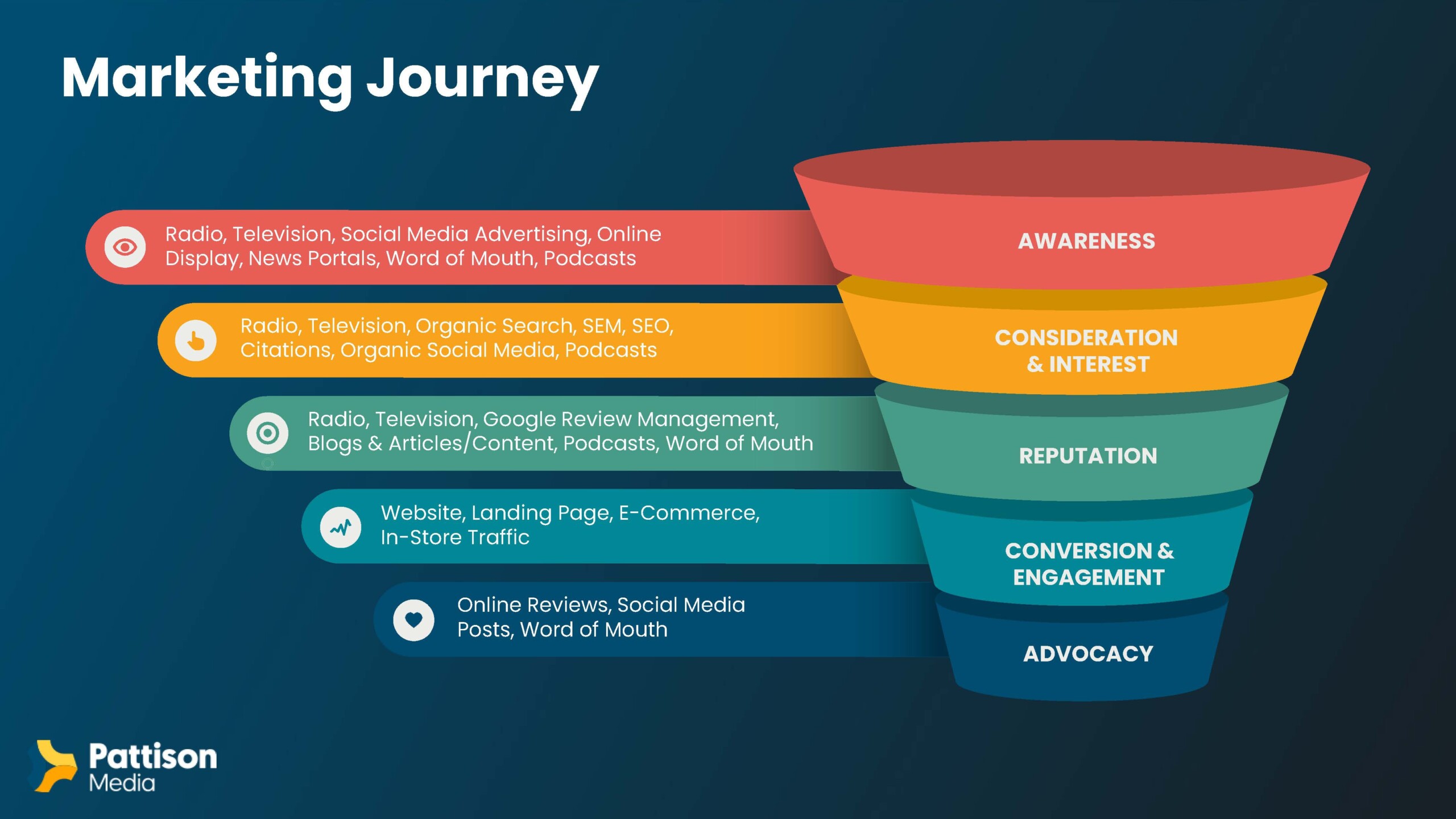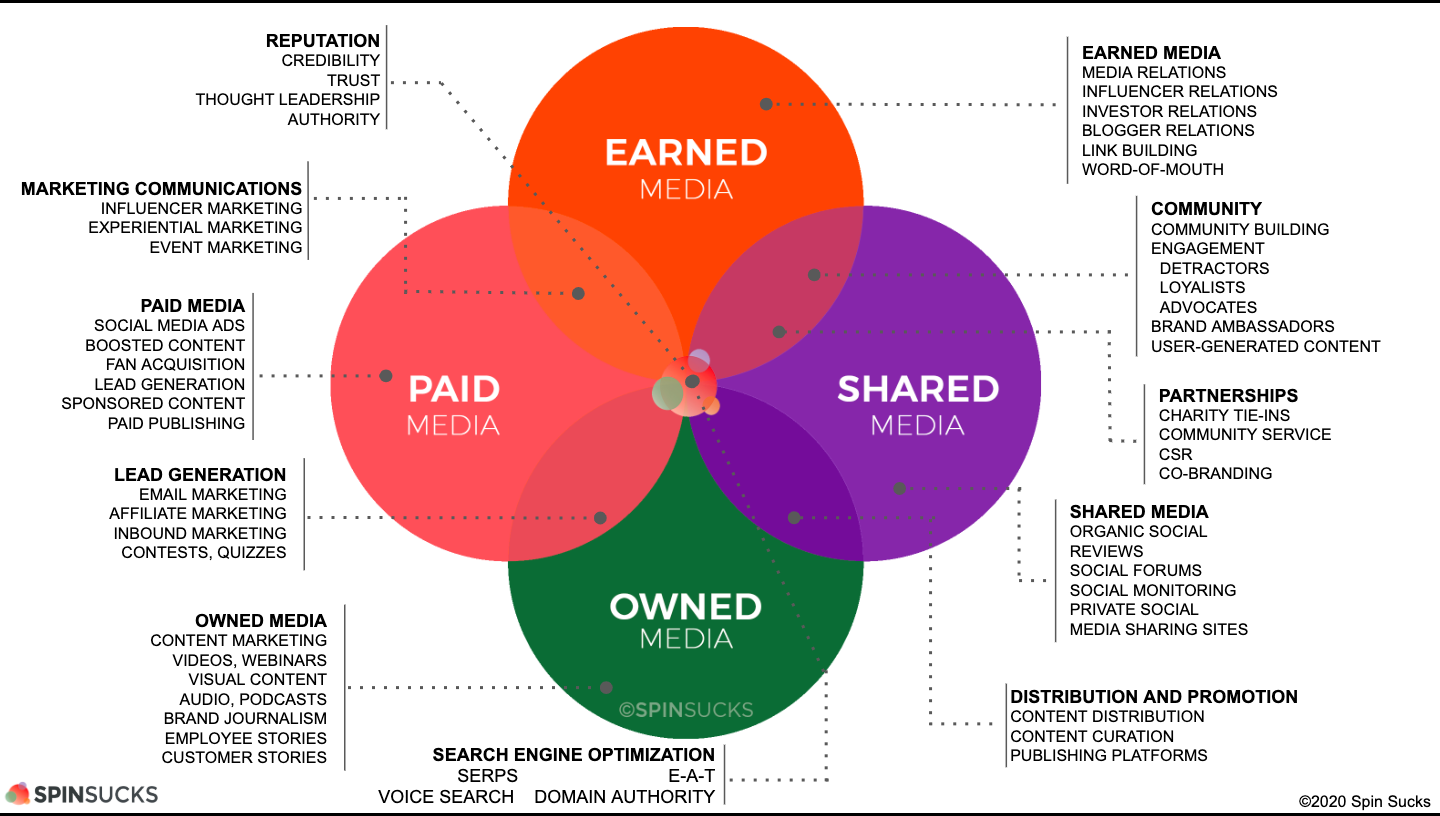Media Selection in Marketing Targeting
Beyond the Averages
When it comes to marketing targeting, media selection is where the rubber meets the road. It’s the critical bridge between understanding your audience (segmentation) and persuading them to engage with your brand (positioning). Choosing the right media channels can make or break your campaign. As I like to say:
“The average consumer wants this, that or the other… but if you base everything on averages you’ll end up with a particularly average campaign or offering.”
This article explores the art and science of media selection, its role in targeting, and how it influences the success of your campaigns.
The Marketing Made Clear Podcast
This article features content from the Marketing Made Clear podcast. You can listen along to this episode on Spotify:
What Is Media Selection?
Media selection is the process of identifying and choosing the most effective communication channels to reach and influence your target audience. It’s about asking:
- Where is my audience?
- What channels will best engage them?
- How do these channels fit into my marketing funnel?
The importance of media selection lies in its ability to connect your messaging to your audience in the right place, at the right time, and with the right tone.
Media Selection and the Marketing Funnel
Effective media selection isn’t just about reaching your audience—it’s about guiding them through every stage of the marketing funnel:
- Awareness: Use broad-reaching media to get your message in front of your target audience. Examples include display ads, video content, or influencer partnerships.
- Engagement: Once your audience knows you exist, channels like email marketing, social media engagement, and retargeting ads help maintain interest.
- Conversion: At this stage, direct-response media such as paid search ads, product demos, or customer reviews can drive purchases.
- Retention: Keeping customers loyal involves staying connected through newsletters, loyalty programmes, and personalised recommendations.
A well-rounded media strategy addresses each stage, ensuring your audience remains engaged from discovery to advocacy.

Why Media Selection Depends on Segmentation
Selecting media without properly nailing your segmentation is like throwing darts blindfolded. Segmentation ensures that your media choices align with where and how your audience consumes information.
As Philip Kotler famously said:
“Mass marketing is putting the product in the market, and going to mass on Sunday and praying someone buys it.”
Mass marketing relies on reaching “everyone” through broad, often untargeted channels. In contrast, media selection within targeting involves precision choosing channels that resonate with specific segments.
When segmentation is poorly defined, campaigns default to the average, which leads to average results. And, as we’ve already established, “averages lead to average campaigns.”
Matching Media to Your Audience
The golden rule of media selection is simple: Go where your audience is. If your segment consists of Baby Boomers who favour traditional media, focusing solely on TikTok will miss the mark. Similarly, if you’re targeting Gen Z, print ads won’t resonate.
Media Selection Examples
- Social Media: Perfect for Millennials and Gen-Z who spend hours scrolling through Instagram, TikTok, or Snapchat.
- Search Engines: Ideal for audiences actively seeking solutions, particularly in the consideration or purchase stage of the funnel.
- TV/Radio: Still powerful for broad awareness campaigns aimed at older demographics.
- Email Marketing: Effective for nurturing leads and retaining customers, particularly in B2B or niche markets.
Don’t assume every media channel works for every audience. Let your segmentation guide your decisions.

The PESO Model: A Framework for Media Selection
Media selection becomes clearer when you consider the PESO model, which divides media into four categories:
- Paid Media: Ads you pay for, such as Google Ads, social media ads, or sponsorships.
- Earned Media: Publicity gained through PR efforts, such as media coverage or influencer shoutouts.
- Shared Media: Content shared on social platforms, often by your audience (e.g., viral videos or user-generated content).
- Owned Media: Channels you control, like your website, blog, or email list.
By combining these media types, you can create a comprehensive strategy that reaches your audience through multiple touchpoints.
Common Pitfalls in Media Selection
1. Ignoring Audience Media Habits
One of the biggest mistakes in media selection is choosing platforms based on trends rather than relevance. Just because everyone’s talking about the latest social platform doesn’t mean it’s right for your audience.
2. Overlooking the Funnel
Focusing all your efforts on awareness without considering engagement or retention leads to a leaky funnel. Make sure your media choices cover the entire customer journey.
3. Relying on Averages
As mentioned earlier, designing campaigns based on averages leads to uninspired results. Avoid lumping your audience into broad categories and aim for tailored messaging through well-chosen media.
Practical Tips for Effective Media Selection
- Analyse Your Data: Use audience insights, such as Google Analytics or social media data, to understand where your audience spends their time.
- Test and Learn: Experiment with different media channels to see what delivers the best results for your audience.
- Optimise Continuously: Media selection isn’t a set-and-forget process. Continuously evaluate performance and adapt your strategy as needed.
Final Thoughts
Media selection is more than just choosing where to advertise, it’s about connecting with your audience in meaningful ways. By aligning your media strategy with precise segmentation and focusing on the customer journey, you can avoid the pitfalls of mass marketing and create campaigns that truly resonate.
Remember, average targeting leads to average results. Instead, strive for campaigns that stand out by choosing the right media for the right audience, delivering exceptional results at every stage of the funnel.


